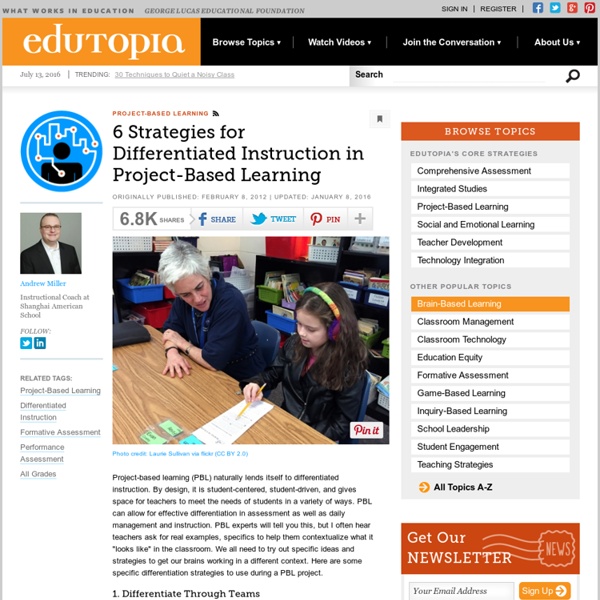An ESL Reading lesson plan template
I Had No Idea, too I’m always surprised when I get reader questions or talk to people preparing for their upcoming ESL job interviews that they don’t know how to make a basic lesson plan. But, it’s not so crazy I guess and I actually had no system of any sort until I took the CELTA course a few years back. The ESL reading lesson plan that I’m going to share with you today is modelled after that and it can provide you with a solid foundation upon which to expand and adjust to suit the needs of your own classes.
PRIRUČNIK ZA PREVODIOCE
1. OSNOVNO PRAVILO (TAKOĐE ZVANO I ZLATNO PRAVILO): Tekst nikada ne sme da ’’zvuči’’ prevedeno već kao da ga je pisala / sačinjavala a NE PREVODILA osoba kojoj je taj jezik (target language – znači jezik NA koji se prevodi) maternji. Upotrebite izraz (kada to tema i kontekst dozvoljavaju naravno) koji je najbliži tom jeziku, najčešće se koristi i razumljiv je onome kome je namenjen (široj čitalačkoj publici / uže stručan / naučna terminologija / državne službe / institucije itd. analogno) obraćajući pažnju da se ne izgubi SMISAO i suština originalnog teksta. Zašto je zlatno pravilo ’’zlatno’’? 1a) Primer: Apostille pečat se prevodi ne kao overa već se navodi da ’’tvrdi, u Beogradu, dana … itd.’’.
Nik's QuickShout: Create Vocabulary Activities from Authentic Text in Minutes
Pages Friday, 11 August 2017 Create Vocabulary Activities from Authentic Text in Minutes WordBooster is a real time saver for anyone creating courses using authentic materials. The site generates word lists and vocabulary quizzes from authentic texts and includes definitions of the words and a range of activities to help students understand and remember the words. All you have to do is choose the text and download the worksheets ready for printing.
Nik's QuickShout: Make Your Worksheets Digital in Minutes
Pages Wednesday, 16 August 2017 Make Your Worksheets Digital in Minutes Telegra.ph is a simple to use tool that can enable you to turn your Word worksheets into online multimedia documents in just a few moments. Go to the site and add a title, your name and the text of your worksheet. Highlight the text to get formatting options for making the text more attractive or adding links.
Using Video in the ELT Classroom - Oxford University Press
Jamie Keddie is a teacher, trainer and storyteller who has shared his insights and ideas in over 40 different countries. He is the founder of Lessonstream, the resource site for teachers. He is the author of ‘Images’ (OUP 2009), ‘Bringing online video into the classroom’ (OUP 2014) and ‘Videotelling’ (Lessonstream Books, 2017). Jamie is also an associate trainer at Norwich Institute for Language Education. Can you believe it? – YouTube is over ten years old!
Nik's QuickShout: 10 Free Apps to Enhance your Students' Learning
In this post I'd like to take a quick look back at ten of the most popular posts I wrote from last month. These posts cover a host of free apps, games and resources sites that you can use to create engaging digital learning for your students. Create Vocabulary Activities from Authentic Text in Minutes WordBooster is a real time saver for anyone creating courses using authentic materials.
30 creative ways to use Padlet for teachers and students - BookWidgets
I’m always excited when I’m using Padlet. Is it the interface, the way everything is designed, its purpose or the fact that I’m organizing things smoothly? I don’t know. It just makes me happy. And today I’ll try to make you happy as well.
Creating visual content for my classes with two awesome free online tools
Let’s go visual! If you have been following my blog for a while you probably know how much I like exploring new tools to spice up my lessons. We all know students prefer looking at a screen than at a book so, for this lesson I have decided to explore two new free online tools, which have a lot of potential for language teaching. Perhaps you have never considered creating your own content because you think you aren’t tech-savvy and you don’t really know how to go about these modern things, but I can assure you that creating these two videos has been as easy as falling off a log. In class, we are studying how to express preference with the structure would rather and (would)pefer and this is just the perfect excuse to “play” with these two little tools.



